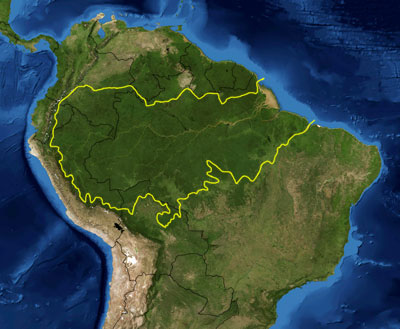
On International Day of Forests, which is a global celebration of trees and woodland, which countries boast the most? Source: Telegraph UK
Unsurprisingly, the tropical lands of South America, the Caribbean, Africa, south-east Asia and the South Pacific dominate, with Suriname, Micronesia, Palau, Gabon, Guyana, American Samoa and the Solomon Islands all in the top 10.
But some more northerly countries fare well too, with Finland (72.9% forest area) 11th, Sweden (69.2%) 15th, and Japan (68.6%) 17th. A third of the United States is classed as forest, while in Britain it’s 12%.
The world’s 20 most tree-filled countries
1 Suriname – 95% covered in forest
2 Micronesia – 92%
3 Seychelles – 88%
4 American Samoa – 88%
5 Palau – 88%
6 Bhutan – 86%
7 Gabon – 85%
8 Solomon Islands – 79%
9 Guyana – 77%
10 St Lucia – 77%
11 Finland – 73%
12 Brunei – 71%
13 Guinea-Bissau – 71%
14 Marshall Islands – 70%
15 Sweden – 69%
16 St Vincent and the Grenadines – 60%
17 Japan – 69%
18 Democratic Republic of the Congo – 68%
19 Laos – 68%
20 Zambia – 66%
And the least tree-filled countries? There are four with no forest whatsoever, according to World Bank’s definition while in a further 12 places there is less than 1%.
The four countries with no forest whatsoever
1 San Marino
2 Qatar
3 Greenland
4 Oman
The 20 countries with the fewest trees
1 Faroe Islands – less than 1% covered in forest
2 Libya – less than 1%
3 Mauritania – less than 1%
4 Djibouti – less than 1%
5 Iceland – less than 1%
6 Kuwait – less than 1%
7 Saudi Arabia – less than 1%
8 Algeria – 1%
9 Bahrain – 1%
10 Niger – 1%
11 Malta – 1%
12 Yemen – 1%
13 Jordan – 1%
14 Comoros – 1%
15 Kazakhstan – 1%
16 Lesotho – 1%
17 Iraq – 2%
18 Afghanistan – 2%
19 Pakistan – 2%
20 Aruba – 2%
*Data, from 2012, includes “land under natural or planted stands of trees of at least five meters in situ, whether productive or not, and excludes tree stands in agricultural production systems (for example, in fruit plantations and agroforestry systems) and trees in urban parks and gardens.







